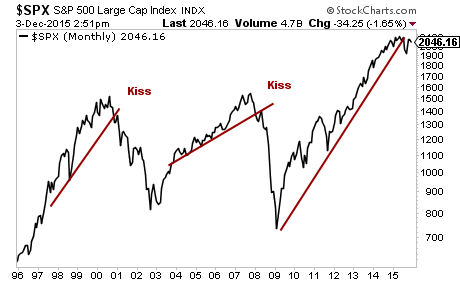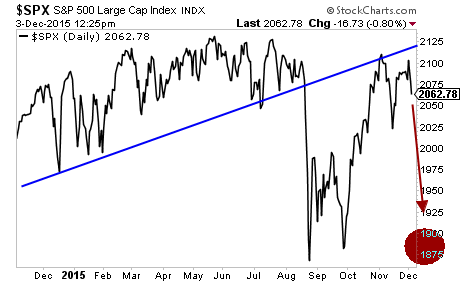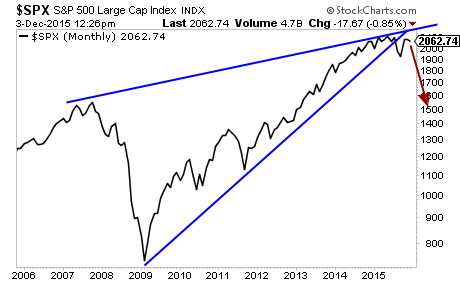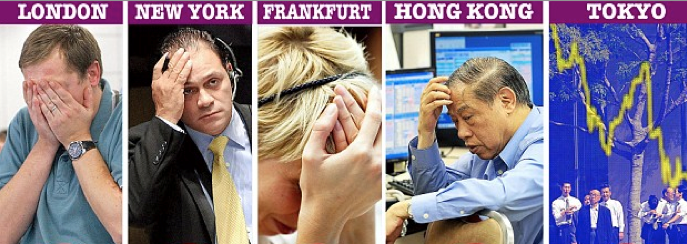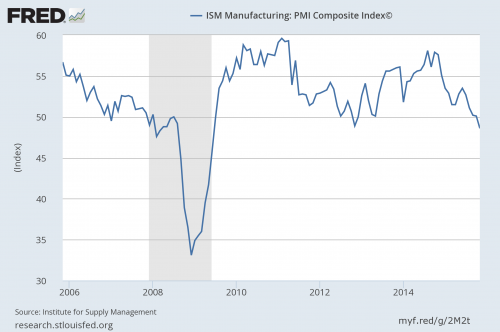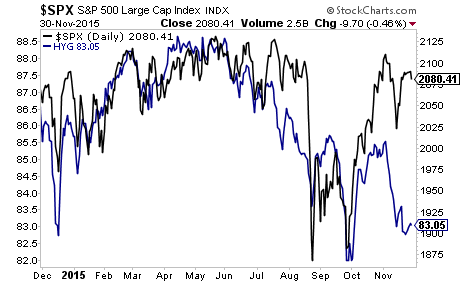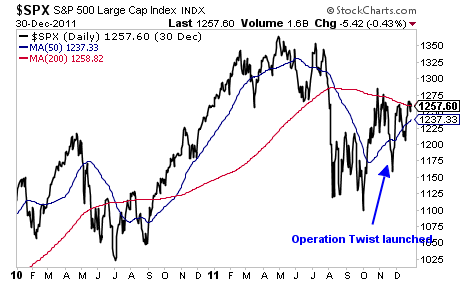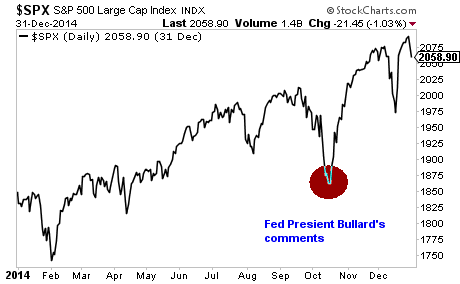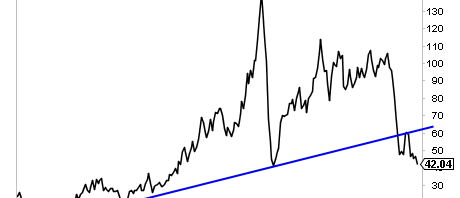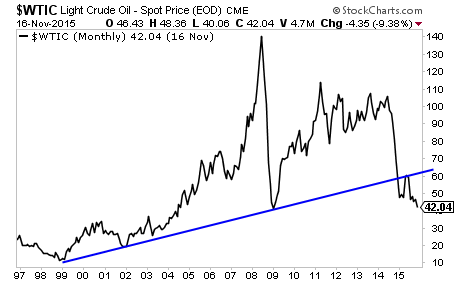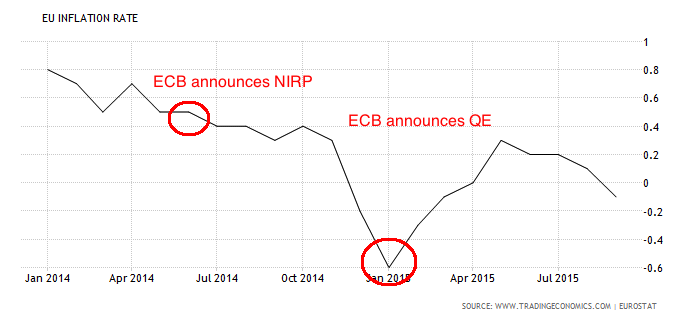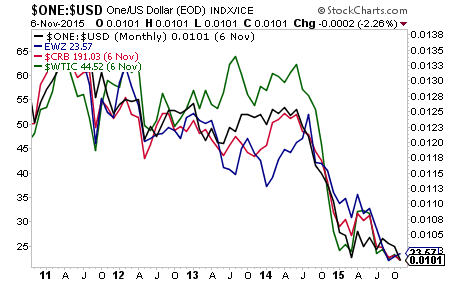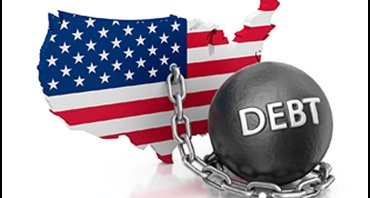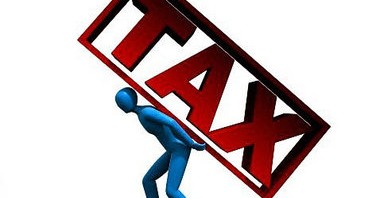European Central Bank (ECB) head Mario Draghi is once again hoping that verbal intervention will accomplish what monetary intervention has failed to do.
Back in 2012, the EU banking system was on the verge of collapse. At that time, various European banks were lurching towards insolvency as the senior most-asset on their balance sheets (EU member nation sovereign bonds) plunged in value.
As a whole, the EU banking system is leveraged at 26 to 1. At these levels, even a 4% drop in your asset values wipes out ALL equity.
In mid-2012, Greek 10 year bonds were yielding 10%, Spanish 10 year bonds were yielding over 7%, Italy’s were yielding over 6%, etc.
These yields were the result of EU sovereign bonds plunging in value (bond yields rise when bond prices fall). And between their exposure to EU sovereign nations’ bonds as well as the hundreds of trillions of Euros worth of derivatives trades attached to said bonds, EU banks were insolvent.
Desperate to hold the EU system together, in late July 2012, ECB head Mario Draghi walked out on stage at an investment conference in London, and promised to do “whatever it takes” to save the Euro and the EU banking system.
The whole thing was a giant bluff. We know from insiders who were present at the time that Draghi’s comments were “off the cuff” and that in fact he had “no real plan” at the time he said it.
Still, the investment herd bought the hype, piling back into EU Sovereign nation bonds and stocks. Despite the fact nothing fundamental had changed for the EU banking system, within six months EU Financial Ministers were proclaiming, “the worst was over.”
Sadly they were incorrect. And none of them have implemented structural reform to insure that the next round of the Crisis will be contained.
The EU’s inflation rate has not increased the desired amount. Now, I am not a fan of inflation any more than you are. But for Central Banks intent on halting debt deflation by any means possible, inflating the EU’s massive sovereign debt loads away is much preferred to default and the accompanying derivative-fueled systemic implosion.
Since Draghi’s “whatever it takes” comment in July 2012, the EU has launched Negative Interest Rate Policy, or NIRP, (June 2014), cut rates deeper into NIRP (September 2014), launched QE (January 2015), cut rates even deeper into NIRP (December 2015) and extended its QE program through March 2017 (December 2015).
Throughout this period, the EU’s inflation rate has been on a steady decline. Indeed, despite the ECB launching both NIRP and QE, the EU moved into deflation in early 2015. It’s since barely flat-lined at 0%, abetted by even deeper NIRP cuts and extending QE through March 2017.
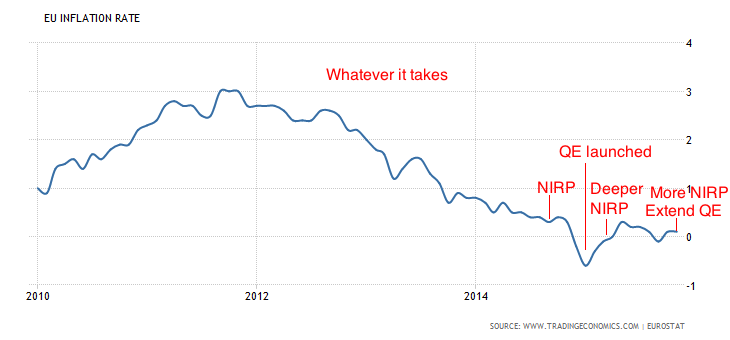 In short, Draghi’s actions have failed to produce the desired results. The man is growing desperate. And so, after having discovered that deeper NIRP cuts and an extension of QE failed to get the desired market reaction, Draghi surfaced the day after the ECB’s meeting last week and stated that he was confident that the ECB will “secure the return of inflation to 2% without delay.”
In short, Draghi’s actions have failed to produce the desired results. The man is growing desperate. And so, after having discovered that deeper NIRP cuts and an extension of QE failed to get the desired market reaction, Draghi surfaced the day after the ECB’s meeting last week and stated that he was confident that the ECB will “secure the return of inflation to 2% without delay.”
EU stocks soared while EU bond yields plunged on the news.
Wake up world, the EU hasn’t experienced 2% inflation since BEFORE the Crisis erupted in earnest in 2012. Three NIRP cuts and over €1 trillion in QE later, the EU is on the verge of deflation again.
The EU Crisis will began anew within the next six weeks. When it does, Draghi won’t be able to rein it in. His policies have already failed pathetically for over THREE years straight. And at this point he’s virtually out of ammo to combat another downturn.
Another stock market crash is coming. Smart investors are preparing now in anticipation.
If you’ve ye to take action to prepare yourself and your portfolio for the next round of the Crisis, we just published a 21-page investment report titled Stock Market Crash Survival Guide.
In it, we outline precisely how the crash will unfold as well as which investments will perform best during a stock market crash.
We are giving away just 1,000 copies for FREE to the public.
To pick up yours, swing by:
https://www.phoenixcapitalmarketing.com/stockmarketcrash.html
Best Regards
Graham Summers
Chief Market Strategist
Phoenix Capital Research



